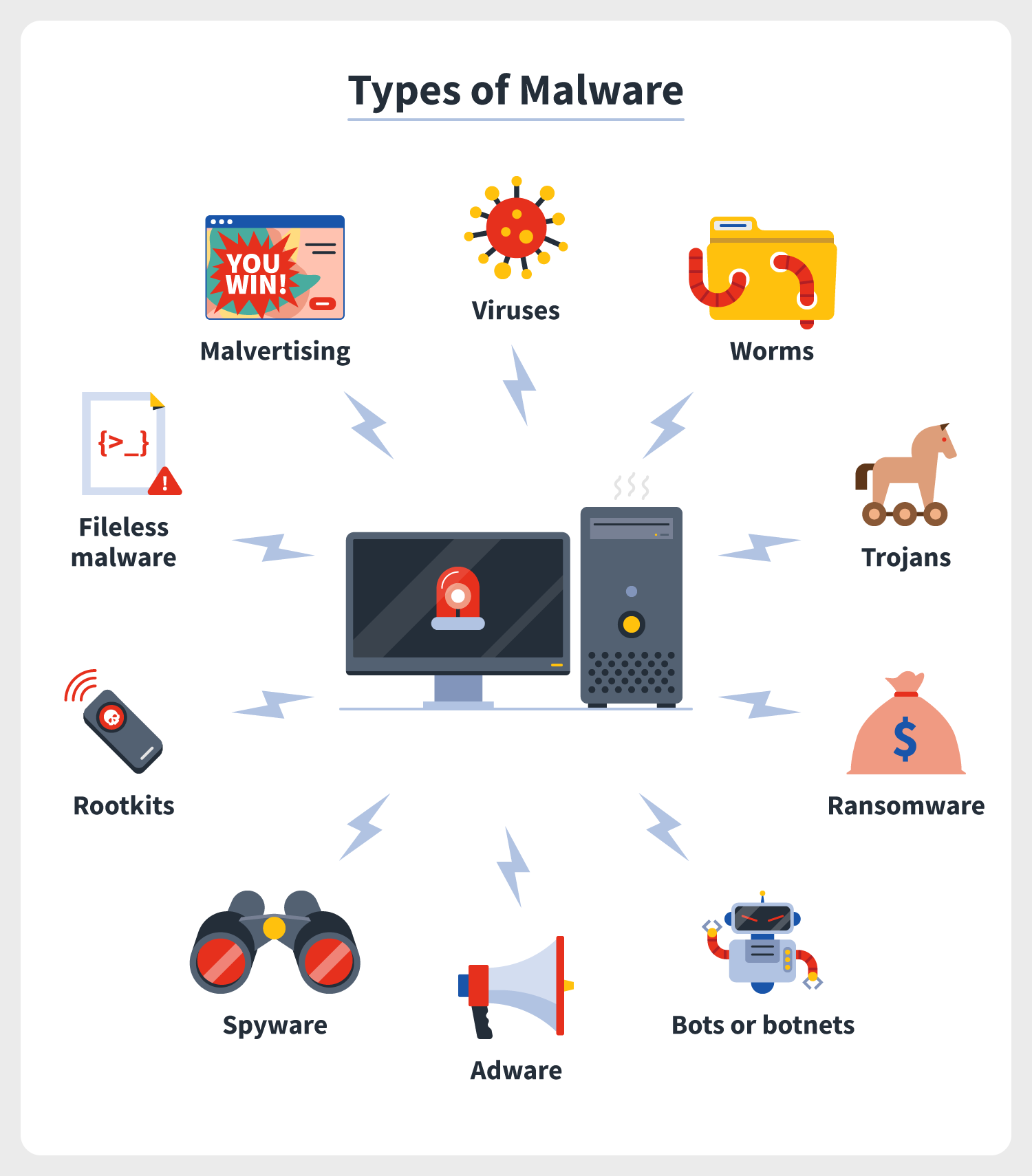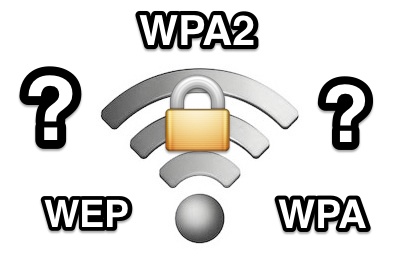PROTECT YOUR PRIVACY ON THE INTERNET!
Posted by Tehillah Mwakalombe on 9th Feb 2024
With all the hackers trying to break into secure Wi-Fi networks, steal personal and financial information and generally cause problems in people’s lives, it only makes sense to do everything possible to protect ourselves while we’re using the Internet.
But we can take steps to minimize the risks associated with being online as much as possible. Here are just a few of them:
1. Run regular malware scans with multiple software tools. While most of the anti-malware programs available today do a pretty good job at detecting and removing viruses, trojans, spyware and adware from our systems, none of them are perfect.
Using multiple tools increases your odds of finding ALL of the bad stuff that might be lurking in the virtual dark corners of your hard drive.

we recommend running full scans with both your regular antivirus program and the free version of Malwarebytes once per week. If malware is found (or even suspected)
2. Secure your Wi-Fi connection with the strongest encryption method that’s supported by your router. If you have an older router that only supports WEP and WPA encryption, we strongly recommend upgrading to a newer, more secure model.

3. While traveling, connect to the Internet and/or access your home or office computer securely by using a free Virtual Private Network (VPN).
A VPN will create a secure encrypted connection between your browser and the remote server or network you want to connect to. That allows you to send and receive data in a secure manner.

4. Be careful when checking your email. Hackers and scammers love using fake emails to trick you into downloading malware onto your computer and/or visiting malicious websites. To be safe, never click on a link in an email unless you know for certain that it’s legitimate.

5. Beware of fake websites, especially if you type the URL into the address bar manually. It’s easy to make a mistake and end up in a place that appears to be where you wanted to go, but isn’t.
Just one letter out of place in the URL can easily take you to a fraudulent website that looks exactly like the real one! Always take care when typing a URL into your browser’s address bar!
6. Create passwords for your online accounts that are easy to remember, yet hard to crack.

7. Choose security questions and answers that are impossible to guess, even by people who know you extremely well. Read this post to find out how.
8. And possibly most important of all, enable Two-Factor Authentication on every account that supports it
Two-Factor Authentication is the most effective tool you can use to protect your accounts from unauthorized access by hackers and other third parties.

In Conclusion, While it’s important to understand that your personal and financial information is always at risk whenever you’re online, the tips listed above can help keep you as safe as possible.

